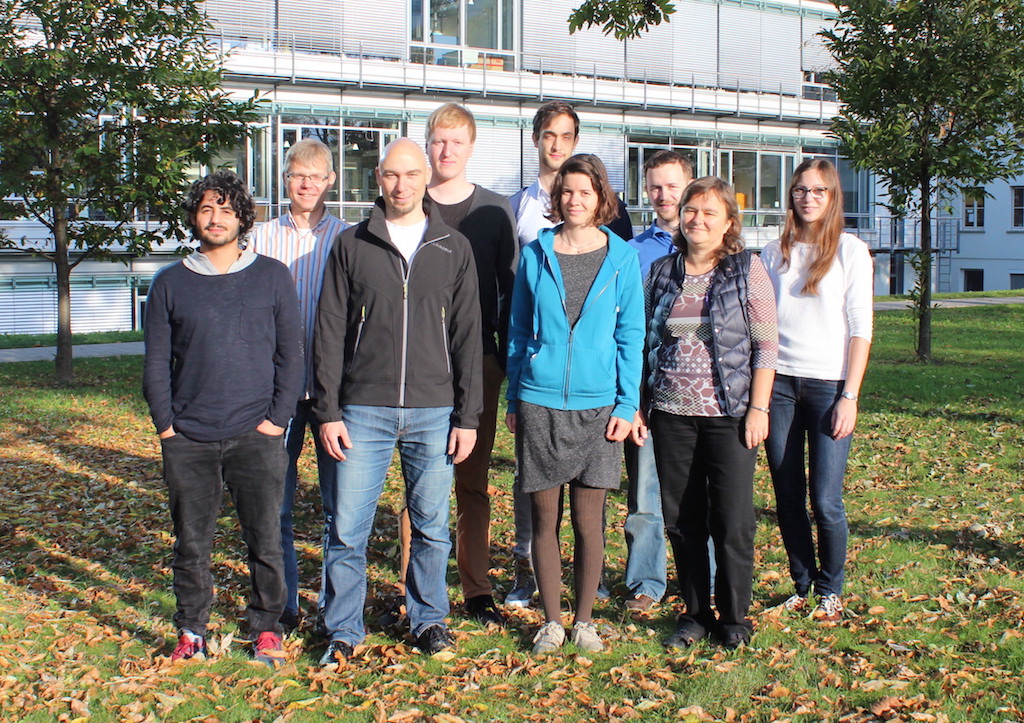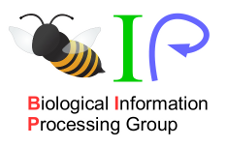The main aim of our research is to analyse how living systems take up, process, store and transfer information. To achieve this aim we are active in different areas.
First, we are building kinetic models of biochemical systems, for instance, models that describe how oscillations in the ubiquitous second messenger calcium arise, how they are modulated, and how these dynamics lead to specific regulation of different downstream calcium-dependent proteins. We particularly focus on how variable or reliable these systems are. Therefore, we explicitly consider intrinsic fluctuations in particle numbers by utilising stochastic simulations methods.
Second, we apply ideas from information theory to biological systems. For instance, we are using information-theoretic measures, such as mutual information or transfer entropy, to investigate how different properties of these systems contribute to or subtract from their information processing capacity and what consequences this has for the functioning of real biological systems.
Third, we are also working on method development. This includes extending the widely-used software COPASI (www.copasi.org) for the modeling and simulation of biochemical systems as part of the COPASI developer team. It further includes the development of packages for the R programming environment that allows users to set up workflows ranging from the stochastic simulation of biochemical models to different analysis methods, for instance, the quantification of the variability in these systems or the estimation of information-theoretic measures.
Projects
OscillatorGenerator, for the generation of artificial calcium concentration time series (R-package on CRAN).
FRONTIER Innovation Fund Project “Cell-to-cell communication and decision making in plants: an integrated experimental and information-theoretic approach” (ZVK49125.2.154).
Multiplexing and promoter architecture in B. subtilis quorum sensing.
Information decomposition of multi-dimensional AR processes and its dependence on coupling parameters.
Information flow and complex decoding capabilities in calcium signalling pathways with different topologies.
Etc.




